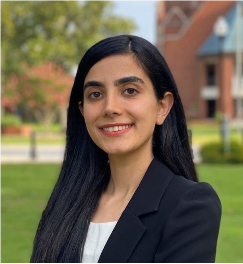ABSTRACT
Student preferences for digital learning and the COVID-19 pandemic have increased demand for asynchronous learning activities, including pre-recorded video lectures. However, there are varying recommendations and a lack of data-driven results for how long video lectures should be. This study has two purposes: 1) To determine and understand student preferences for video length in a flipped, software-intensive modeling course for engineering undergraduate students; 2) To generate datadriven evidence of actual video coverage and video length preferences. This study examined video coverage over three consecutive semesters in a software intensive industrial engineering simulation modeling course. The first semester utilized medium-length videos (30-60 minutes) and the second semester used a mini-series of short-length (4-12 minutes) videos. In the third semester, students could choose or alternate freely between the two options. Data was collected on video coverage, student video preferences pre- and post experiment, and learning outcomes. Students expressed preferences for the mini-series of short-length videos in a pre-assessment, but data-driven evidence and post-assessment surveys confirmed that the medium-length videos were utilized significantly more. An emergent themes analysis revealed this trend was primarily because students wanted to watch the video in one sitting. Evidence of better learning outcomes based on video length was inconclusive. Results may be limited to higher education settings where modeling and programming skills are required. More investigation is needed in other educational settings.
DOI: 10.18260/3-1-1153-36047
AUTHORS
|
|
|
|
|
|
|




